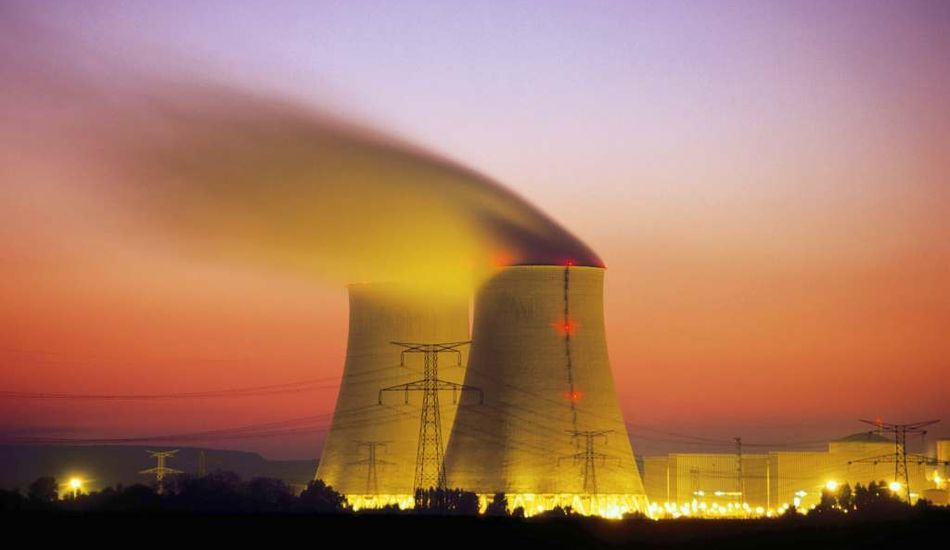
TerraPower Gains $650M Investment; Nvidia Enters Nuclear Energy
06/20/2025
Energy
TerraPower, the nuclear energy startup championed by Bill Gates, just secured a whopping $650 million in funding. This substantial investment is earmarked for constructing its inaugural commercial power plant, a significant step towards realizing its vision. Interestingly, Nvidia, through its venture arm NVentures, participated in this funding round, signaling its first foray into the energy sector. Bill Gates and HD Hyundai, pre-existing investors, also contributed, reaffirming their belief in TerraPower's potential. The company broke ground on its first power plant in Wyoming in June 2024, although the reactor itself is still awaiting regulatory approval. Nevertheless, TerraPower anticipates securing the necessary permits sometime next year. Upon completion, this initial reactor is projected to generate 345 megawatts of electricity. Therefore, this positions it nicely, as it represents a balanced approach between the behemoth conventional reactors of today and the smaller, modular reactors of tomorrow. TerraPower's Natrium reactors employ molten sodium, rather than water, for cooling. Now, the ingenious aspect of the Natrium design is that it utilizes significantly more sodium than strictly necessary for cooling purposes. This excess sodium is strategically stored in massive tanks. Consequently, when electricity demand dips, the reactor continues operating, heating the stored sodium. Furthermore, when demand surges, steam turbines tap into this stored thermal energy. Since nuclear power plants don't easily ramp up and down production, Natrium reactors are allowed to run at a steady state. This storage system is engineered to deliver up to 500 megawatts of electricity for over five hours, providing a valuable buffer against the intermittent nature of solar and wind energy. Think of it as a giant battery that can smooth out the peaks and valleys of renewable energy generation! TerraPower had previously pursued a different reactor design, with hopes of completion by the mid-2020s. However, due to mounting uncertainties, the company pivoted to the current Natrium design. According to TerraPower, they can complete a reactor within three years after the initial concrete is poured. However, extensive site preparation and construction must precede this milestone. It is worth noting that the first Natrium reactor, while anticipated to be more economical than recent U.S. reactors, still carries a hefty price tag. Sources suggest the project could reach $4 billion, with the Department of Energy potentially covering half of the costs.
Source: TechCrunch